For forage producers, the production year starts in the fall. What farmers do from mid-August to the end of the growing season impacts this winter’s feed inventory and next year’s […] Read more
Tag Archives Ontario Field Crop Report

Feed the crop that feeds the livestock!
OMAFRA Field Crop Report for the week ending September 4
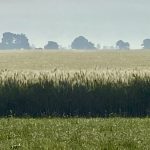
The potential impacts to field crops from wildfire smoke
OMAFRA Field Crop Report for the week ending August 30
Smoke from northern Ontario and Quebec wildfires was prevalent across Ontario for several weeks in June and early July. While a smoky haze was often visible during these weeks (see […] Read more
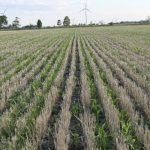
What to do with those stubble fields now? Consider BioStrip Till
OMAFRA Field Crop Report for the week ending August 23
Winter wheat combining has almost wrapped up across the province after a challenging harvest due to persistent rainfall. There is a lot of enthusiasm for wheat across Ontario as yields […] Read more

What’s in your crop decision-making toolbox?
OMAFRA Field Crop Report for the week of August 14
It’s the middle of August and we’re in that awkward lull where cereals are off, the last passes of fungicides on soybeans are done and it is almost time to […] Read more
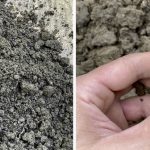
Identifying and addressing soil structure challenges
OMAFRA Field Crop Report for the week of August 7
A well-structured soil improves water infiltration, air exchange, rooting, and ultimately crop yield. On the other hand, a cloddy, dense, or compacted soil may result in ponding, nutrient losses, and […] Read more

Managing cover crop nitrogen, residue breakdown
OMAFRA Field Crop Report for the week of July 31
Across Ontario, wheat harvest continues, opening the best window for planting cover crops in most field crop rotations. You can find more information on the 2023 winter wheat quality update and […] Read more

Spider mites bugging your soybeans?
OMAFRA Field Crop Report for the week of July 3
Dimethoate resistant two-spotted spider mite populations in Ontario soybeans Results from bioassays conducted on two-spotted spider mite (TSSM) populations collected in soybean fields across Ontario show the prevalence of dimethoate […] Read more
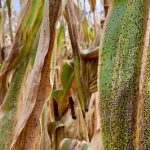
Time to watch for tar spot, soybean cyst nematode
OMAFRA Field Crop Report for the week of June 26
Tar spot has now been established in the midwestern US for almost a decade and is an annual concern in many Midwestern states like Illinois, Indiana, Iowa, Michigan, and Wisconsin. While […] Read more

Cereal crops parched, fears of spontaneous combustion in hay
OMAFRA Field Crop Report for the week of June 5
Field conditions across most of the province are drier than normal. This generally will have little effect on corn and soybeans since both are at the early vegetative growth stage. […] Read more
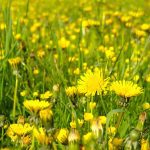
Ontario field conditions on the upswing, so too the weeds
OMAFRA Field Crop Report for the week of May 15
Conditions Field conditions across the province have improved vastly over the last ten days. With sunshine and temperatures in the high teens to even high twenties in some areas, planting […] Read more
